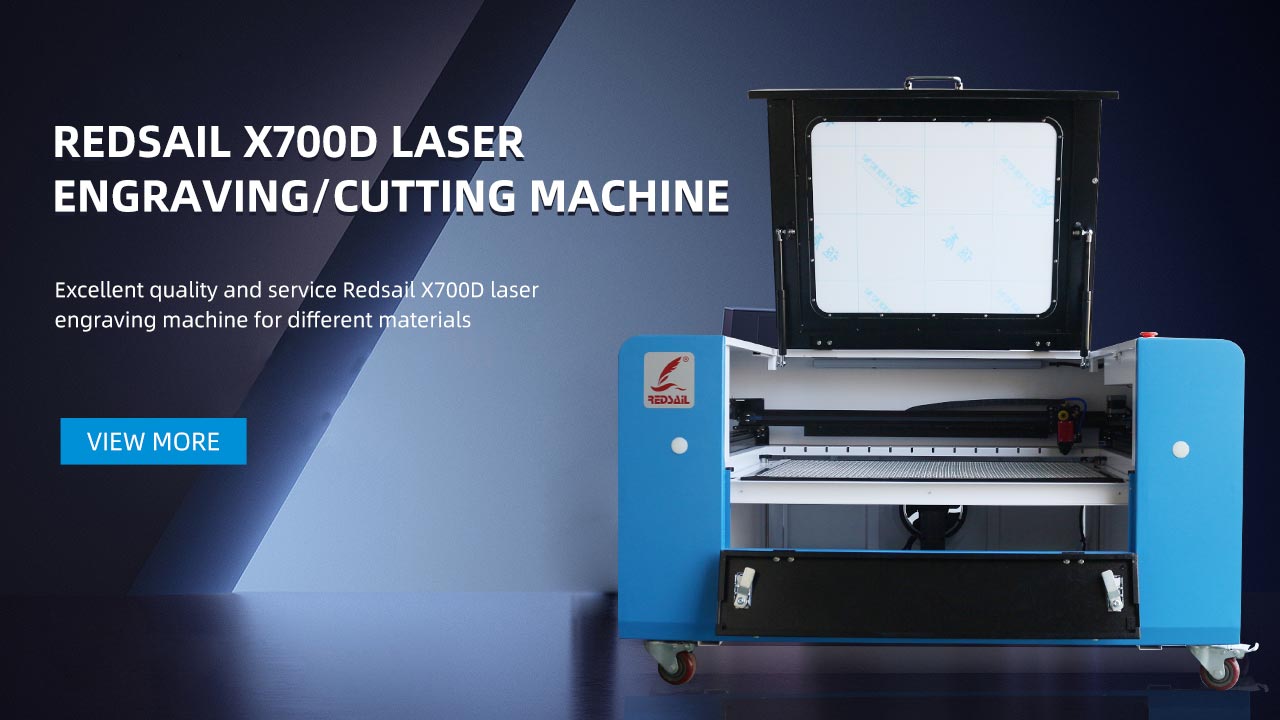Can a Laser Cutter Handle both Wood and Acrylic Materials?
Introduction
Laser cutters have become increasingly popular in many different industries, including crafting, designing, and manufacturing. They provide precise and efficient cutting capabilities, making them a valuable tool for working with various materials. Two common materials used with laser cutters are wood and acrylic. However, can a laser cutter handle both wood and acrylic materials? In this article, we will explore the capabilities and considerations of using laser cutters with these materials.
I. Understanding Laser Cutters
1. What is a laser cutter?
A laser cutter is a machine that utilizes a high-powered laser beam to cut through and engrave various materials. It operates by directing the laser beam through a focusing lens, which concentrates the energy onto a specific point, melting or vaporizing the material.
2. How do laser cutters work?
Laser cutters work by following a digital design or pattern, known as a computer-aided design (CAD) file, which guides the laser beam’s movement. The laser cutter’s software controls the power, speed, and intensity of the laser, ensuring precise and accurate cutting or engraving.
II. Working with Wood on Laser Cutters
1. What types of wood can be used with a laser cutter?
Laser cutters can work with various types of wood, including plywood, MDF (medium-density fiberboard), solid wood, and veneer. However, the thickness and density of the wood may affect the overall cutting ability and quality.
2. Can a laser cutter cut through thick wood?
While laser cutters can cut through wood, there are limitations to consider. Thicker wood requires more power and slower cutting speeds to achieve clean and precise cuts. It is essential to test and adjust the laser settings to accommodate thicker wood materials.
III. Working with Acrylic on Laser Cutters
1. What is acrylic?
Acrylic, also known as Plexiglas or Perspex, is a transparent thermoplastic material. It is commonly used for signage, displays, and various decorative applications due to its lightweight, durability, and transparent properties.
2. Can a laser cutter cut acrylic?
Yes, laser cutters are well-suited for cutting acrylic. The laser beam can precisely and cleanly cut through acrylic sheets, creating intricate and detailed designs. The key is finding the optimal laser power and speed settings to avoid charring or melting the edges.
IV. Compatibility of Laser Cutters with Wood and Acrylic
1. Can one laser cutter handle both wood and acrylic materials?
Yes, laser cutters are versatile machines that can handle both wood and acrylic materials. However, it is crucial to consider the laser power, speed, and other settings based on the material’s characteristics. Different materials may require adjustments to ensure clean cuts and prevent any damage.
2. How can the laser settings be adjusted for wood and acrylic?
To optimize the performance of a laser cutter for wood and acrylic, the laser power, speed, and number of passes can be adjusted. Wood usually requires higher power and slower speeds, while acrylic requires lower power and faster speeds to achieve the desired cut quality.
3. Are there any safety precautions when using a laser cutter with wood and acrylic?
Yes, safety precautions should be followed when using a laser cutter with any material. Both wood and acrylic may produce fumes, so it is essential to have proper ventilation or exhaust systems in place. Additionally, wearing appropriate personal protective equipment (PPE) such as safety goggles and gloves is crucial to protect against potential hazards.
FAQs
1. Can a laser cutter cut other materials besides wood and acrylic?
Yes, laser cutters can cut many materials, including metals, plastics, fabrics, leather, and more. Each material may require specific laser settings, so it is important to consult the laser cutter’s manual or a material compatibility guide to ensure safety and quality.
2. Can a laser cutter engrave wood and acrylic?
Absolutely! Laser cutters can engrave intricate designs and patterns onto wood and acrylic surfaces. By adjusting the laser power and speed settings, the laser cutter can remove material or create shallow marks to achieve the desired engraving effect.
3. Is there a limit to the size or thickness of the material that a laser cutter can handle?
The size and thickness limitations of a laser cutter depend on its specific specifications. Laser cutters come in various sizes and power levels, each with its maximum material thickness capacity. It is essential to consult the laser cutter’s user manual or specifications sheet to determine its limitations.
Conclusion
In conclusion, laser cutters are powerful and versatile machines that can handle both wood and acrylic materials. With the correct settings and safety measures, laser cutters enable precise cutting and engraving on various surfaces. When working with wood or acrylic, it is crucial to adjust the laser power, speed, and other settings to achieve the desired results. Regardless of the material, laser cutters provide endless creative possibilities for designers, manufacturers, and hobbyists alike.





